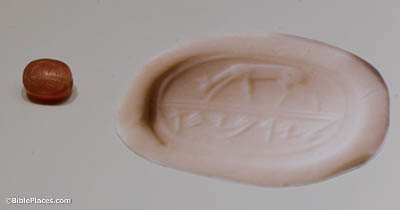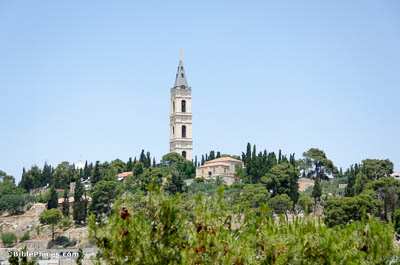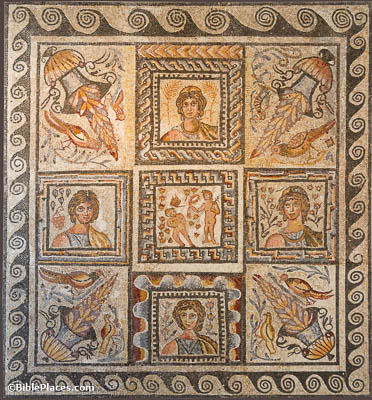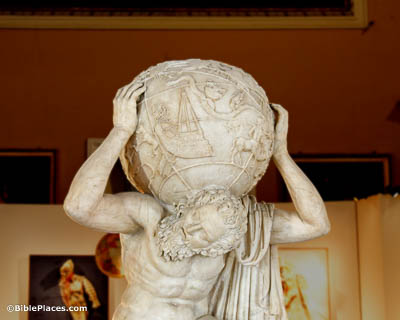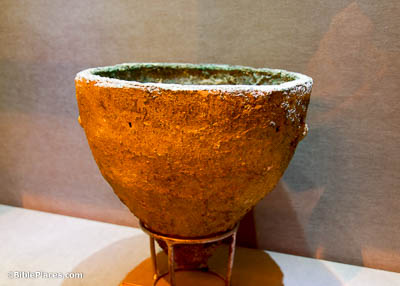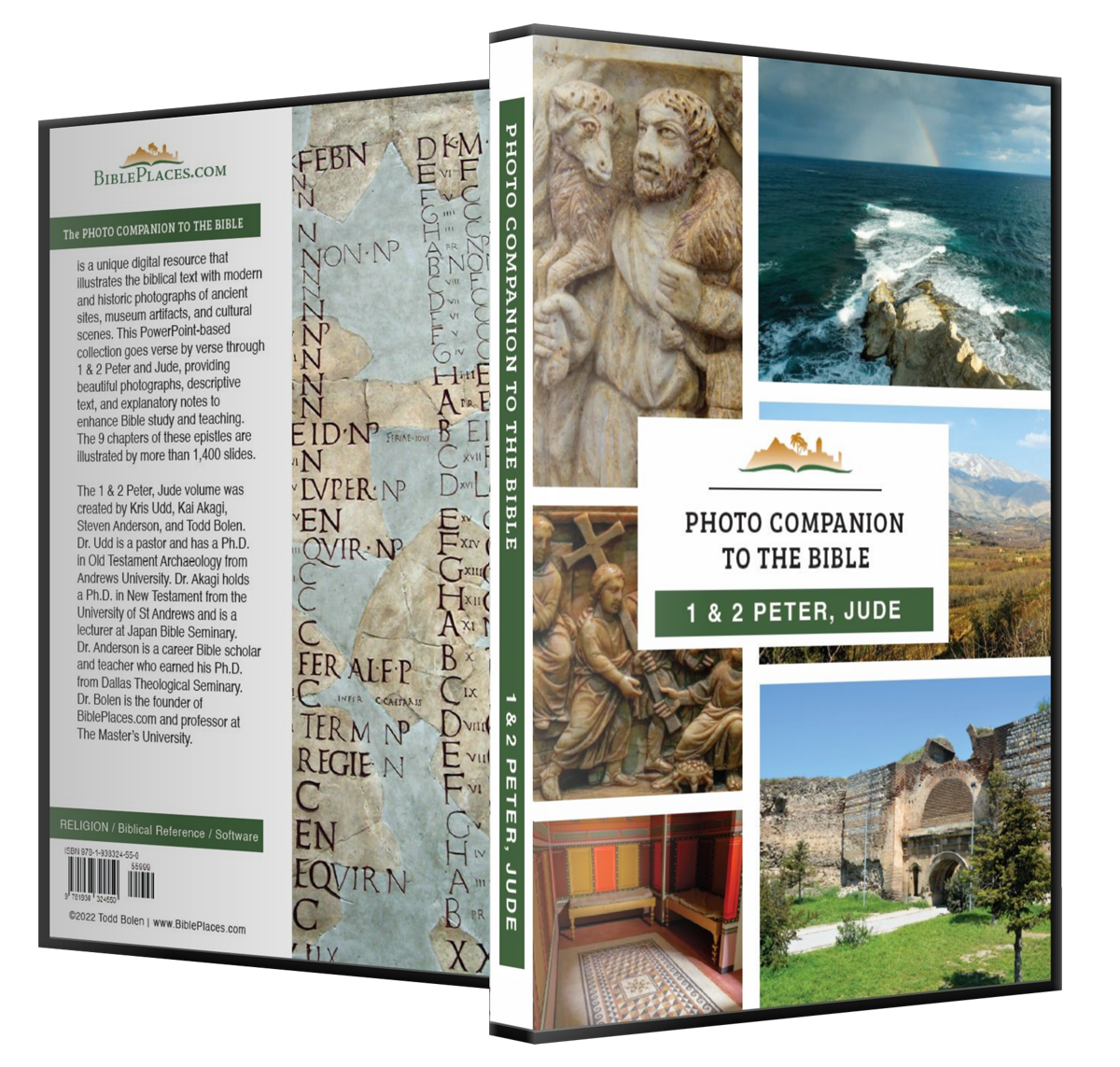In the last days scoffers will come with scoffing (2 Peter 3:3).
The phrase “the last days” is used in both the Old Testament and New Testament to designate a time of eschatological events. This picture shows an 8th-century BC seal with the name Jeremiah inscribed on it. Jeremiah was one of the prophets who spoke about “the last days.” The seal in this picture did not belong to the prophet but was the seal of another person with the same name. The Hebrew inscription on this seal reads, “Belonging to Jeremiah.”
